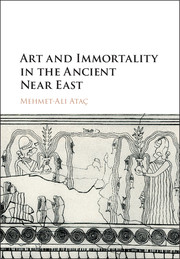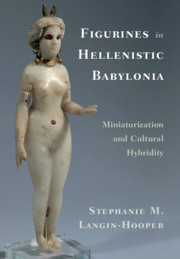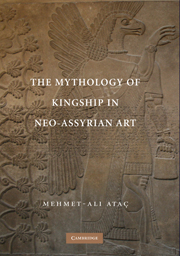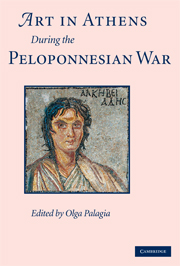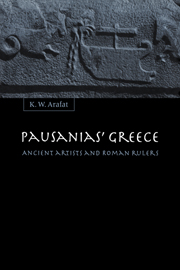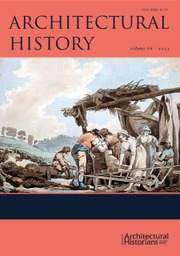Art and Immortality in the Ancient Near East
Discussions of apocalyptic thought and its sources in the ancient Near East, particularly Mesopotamia, have a long scholarly history, with a renewed interest and focus in the recent decades. Outside Assyriological scholarship as well, studies of the apocalyptic give significant credit to the ancient Near East, especially Babylonia and Iran, as potential sources for the manifestations of this phenomenon in the Hellenistic period. The emphasis on kingship and empire in apocalyptic modes of thinking warrants special attention paid to the regal art of ancient Mesopotamia and adjacent areas in its potential to express the relevant notions. In this book, Mehmet-Ali Ataç demonstrates the importance of visual evidence as a source for apocalyptic thought. Focusing on the so-called investiture painting from Mari, he relates it to parallel evidence from the visual traditions of the Assyrian Empire, ancient Egypt, and Hittite Anatolia.
- Proposes a new way of looking at the imagery of ancient Near Eastern art, and favors a metaphysical perspective
- Adopts a diachronic approach and deals with a number of periods and cultures of the ancient Near East, including Egypt, in a comparative framework
- Puts the study of apocalyptic thought in the forefront of the interpretation of the art of the ancient Near East of the second and first millennia BCE
Product details
March 2018Hardback
9781107154957
298 pages
260 × 185 × 18 mm
0.81kg
59 b/w illus. 1 map
Available
Table of Contents
- Introduction
- 1. The 'investiture' painting from Mari
- 2. The iconographic analysis of the Mari painting
- 3. The flood myth as paradigm
- 4. The semantics of the frame of running spirals
- 5. Implications of sacral time and eschatology
- 6. The royal destiny: the 'garden scene' of Ashurbanipal revisited.

